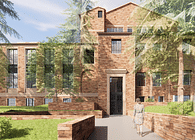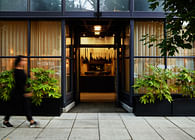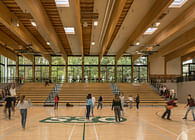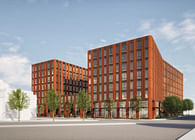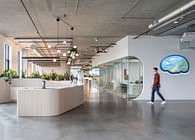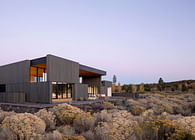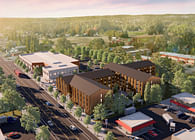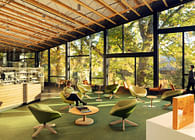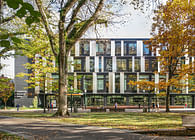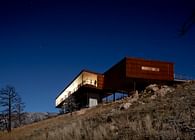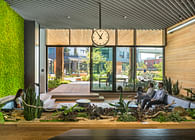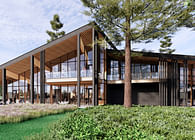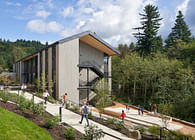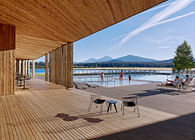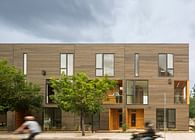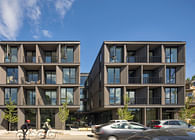
Portland, OR
The Salem Public Library’s downtown location was due for a renovation to bring its structural resilience and building systems up to modern standards. The 96,000-square-foot concrete structure was originally designed by in 1970 by San Francisco architect George Rockrise with Salem architect of record Donald Richardson and built in 1972. It underwent an expansion in 1990. After 50 years, the building was in need of seismic upgrades, accessibility improvements and life-safety updates. The city and library saw this as a rare chance to address some of the additional challenges encountered by staff and library patrons in their aging concrete building and outdated spaces. In an era when Brutalist architecture is threatened with demolition worldwide, Salem opted to save their concrete public library—and bring it up to date for 21st century patrons.
Design for Integration and Resources
Through a deep partnership with the library team, a vision was established to create a space that is welcoming, safe, and flexible while enriching a connection between people and their community. The design brings daylight into the core of the large, fortress-like building, transforming an inward-facing brutalist-era building into a bright, voluminous space that invites the community in. New windows and redesigned entrances create connections between outside and in, and the voluminous central space creates vertical connections between floors. With almost no wiggle room in a utilitarian budget, the design team for the library needed to get creative finding ways to make every dollar spent do double-duty. Each aspect of the design is filtered through a practical lens of how each choice can contribute to improved seismic and life safety while also delivering on a vision that is community-oriented and centers the experience of patrons and staff.
Design for Change
To create a more pleasant, cohesive library experience for patrons, the design reimagines how different spaces with different functions relate to one another – staff spaces vs. public spaces, the needs of library sections serving different age groups, quiet zones, noisy zones, high-traffic areas. Library staff and back of house spaces are now consolidated on the lower floor for greater efficiency and functionality. Active public spaces are found primarily on the upper two levels. The youth services previously separated by several floors now relocated to the top level to allow for greater sharing of resources as well as improved operations and clarity of collections, which includes vibrant new spaces for the Teen Scene and Children’s areas, and the Discovery Room has been relocated to Children’s. The lower level plaza opens up to an active, bustling main entrance, adjacent to a maker space for hands-on learning, meeting and conference space, and a community room that can accommodate larger events after regular library hours.
Hacker Design Team
Design Principal: David Keltner
Interior Design Principal: Jennifer Fowler
Interior Designers: Anya Smith, Whitney Jordan, Tracey Olson, Mayumi Nakazato
Project Architect: Daniel Childs
Architectural Team: Nick Pectol, Caleb Couch, Lewis Williams
Project QA/QC: Matthew Sugarbaker
Status: Built
Location: Salem, OR, US
Firm Role: Architecture, Interior Design
Additional Credits: Design-Build Contractor: Howard S. Wright
Landscape: Ground Workshop
Civil Engineer: Westech Engineering - Civil Engineers
Structural Engineer: KPFF
Mechanical & Plumbing Engineer: PAE
Electrical Engineer: PAE
Lighting: O-
Acoustical Engineer: Listen Acoustics
Signage/Wayfinding: The Felt Hat
Code Consultant: Code Unlimited
Specifications: m.thrailkill.architect.llc
Client: City of Salem
Photography: Lara Swimmer
